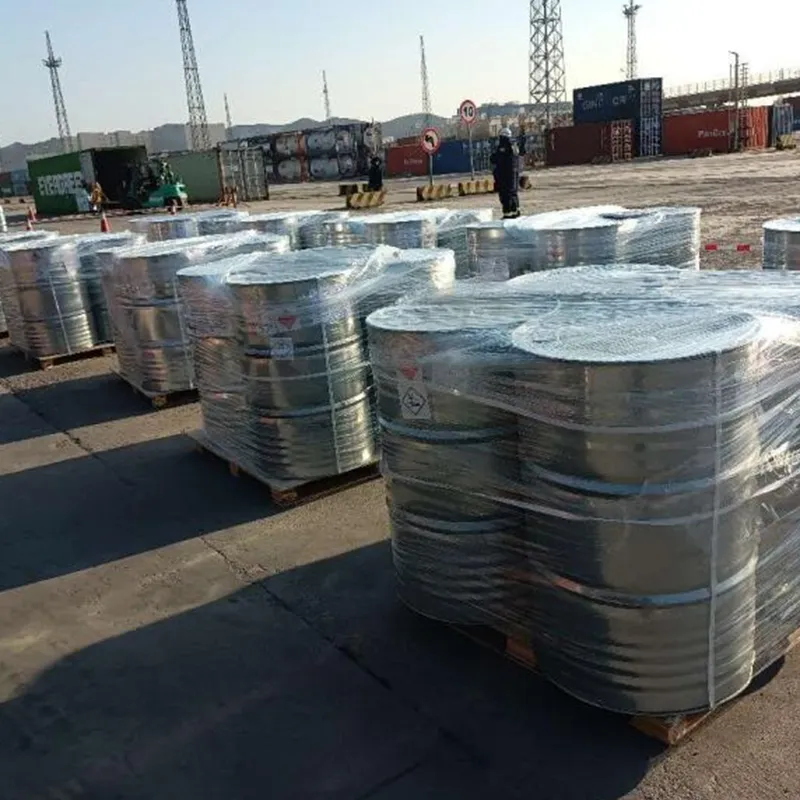
cake additives
The Rising Trend of Cake Additives Enhancing Flavor and Texture
In recent years, the world of baking has witnessed a significant transformation, with cake additives emerging as essential components in creating a perfect cake. The use of various additives not only enhances the flavor and appearance of cakes but also contributes to their texture, moisture retention, and overall shelf life. This article explores the significance and types of cake additives that are becoming increasingly popular among bakers and pastry chefs.
Understanding Cake Additives
Cake additives are substances added to cake batter or icing to improve certain qualities of the final product. They can be natural or artificial and serve multiple purposes, including flavor enhancement, preservation, and texture improvement. As consumers become more discerning about what goes into their food, the demand for innovative baking solutions has surged, prompting bakers to seek out effective additives that can meet these evolving tastes.
Types of Cake Additives
1. Flavor Enhancers Flavor enhancers are crucial for elevating the taste of cakes. Common examples include vanilla extract, almond extract, and various fruit purees. These additives offer bakers the ability to experiment with unique flavors that can captivate the palate.
2. Emulsifiers Emulsifiers like lecithin and mono- and diglycerides help blend ingredients that typically don’t mix well, such as oil and water. By ensuring a uniform mixture, emulsifiers contribute to a finer crumb structure and a more tender cake.
3. Leavening Agents Baking powder and baking soda are the most common leavening agents added to cake batters. They release gases during the baking process, causing the cake to rise. The right combination of leavening agents is vital for achieving the desired fluffiness and light texture in cakes.
cake additives

4. Stabilizers Stabilizers such as gelatin or pectin are used in certain cakes to provide structure and prevent collapse. They are especially important in layered cakes or cakes with elaborate decorations, ensuring that the cake maintains its shape over time.
5. Moisture Retainers Ingredients like glycerin or sour cream are added to cakes to enhance moisture retention. A moist cake is often perceived as more delicious and satisfying. Moisture-retaining additives help prevent cakes from drying out, extending their shelf life without compromising on taste.
6. Color Additives Color is an essential aspect of cake presentation. Natural color additives, such as beet juice or turmeric, are increasingly popular among health-conscious bakers who prefer to avoid artificial dyes. These natural colorants provide vibrant hues without compromising the cake’s flavor.
The Benefits of Using Cake Additives
The incorporation of cake additives offers several advantages. Firstly, they can lead to greater consistency in baking results, ensuring that cakes turn out perfectly every time. Additionally, these additives can enable bakers to experiment with flavors and textures, pushing the boundaries of traditional cake recipes.
Moreover, with the growing trend of customized and themed cakes, additives allow bakers to create visually stunning desserts that cater to various occasions and personal preferences. The use of color additives, in particular, can create cakes that are not only delicious but also Instagram-worthy.
Conclusion
In conclusion, cake additives play a vital role in the modern baking landscape, providing bakers with the tools they need to enhance flavors, improve textures, and create visually appealing cakes. As the baking industry continues to evolve, so too will the innovations in cake additives. By understanding and utilizing these additives effectively, both home bakers and professional pastry chefs can elevate their cake-making endeavors, delighting consumers with extraordinary creations. With the right mix, the future of cake baking is indeed delectable.
-
Understanding Synthetic Rubber OptionsNewsApr.27,2025
-
Trichloroisocyanuric Acid: Essential for Clean and Safe WaterNewsApr.27,2025
-
Sodium Dichloroisocyanurate: Key to Safe Water TreatmentNewsApr.27,2025
-
Sodium Acid Pyrophosphate: Essential in Modern Food ProcessingNewsApr.27,2025
-
Essential Water Treatment ChemicalsNewsApr.27,2025
-
Denatured Alcohol and Its Industrial UsesNewsApr.27,2025
-
The Versatile Uses of Sodium BicarbonateNewsApr.24,2025
Hebei Tenger Chemical Technology Co., Ltd. focuses on the chemical industry and is committed to the export service of chemical raw materials.
-

view more DiethanolisopropanolamineIn the ever-growing field of chemical solutions, diethanolisopropanolamine (DEIPA) stands out as a versatile and important compound. Due to its unique chemical structure and properties, DEIPA is of interest to various industries including construction, personal care, and agriculture. -

view more TriisopropanolamineTriisopropanolamine (TIPA) alkanol amine substance, is a kind of alcohol amine compound with amino and alcohol hydroxyl, and because of its molecules contains both amino and hydroxyl. -

view more Tetramethyl Thiuram DisulfideTetramethyl thiuram disulfide, also known as TMTD, is a white to light-yellow powder with a distinct sulfur-like odor. It is soluble in organic solvents such as benzene, acetone, and ethyl acetate, making it highly versatile for use in different formulations. TMTD is known for its excellent vulcanization acceleration properties, which makes it a key ingredient in the production of rubber products. Additionally, it acts as an effective fungicide and bactericide, making it valuable in agricultural applications. Its high purity and stability ensure consistent performance, making it a preferred choice for manufacturers across various industries.











